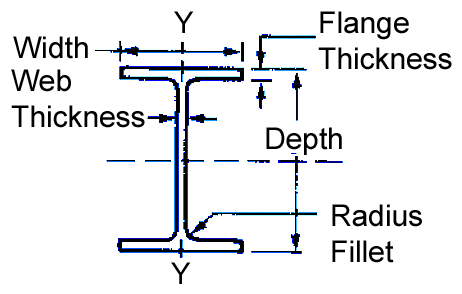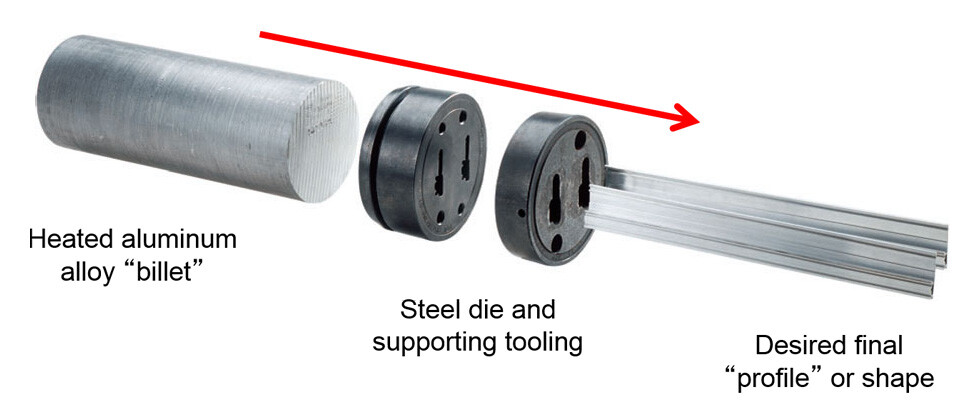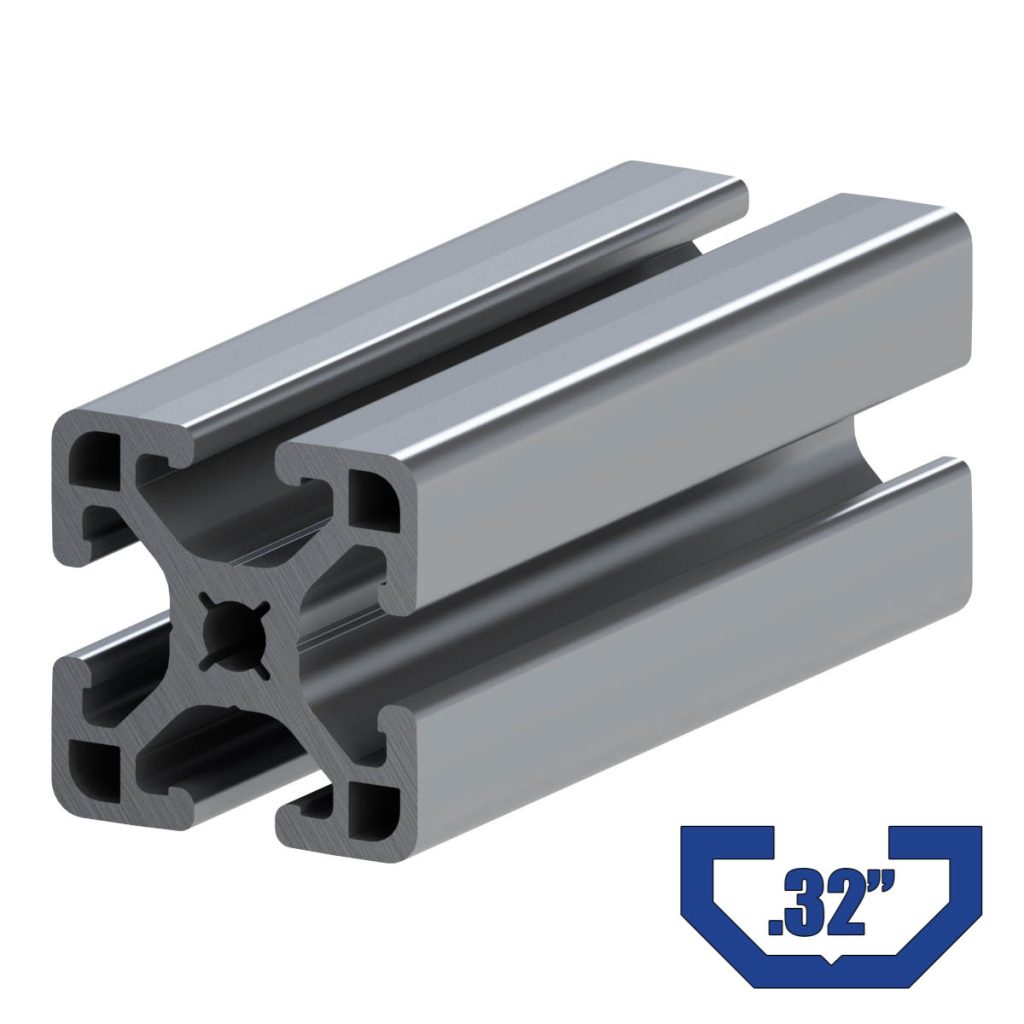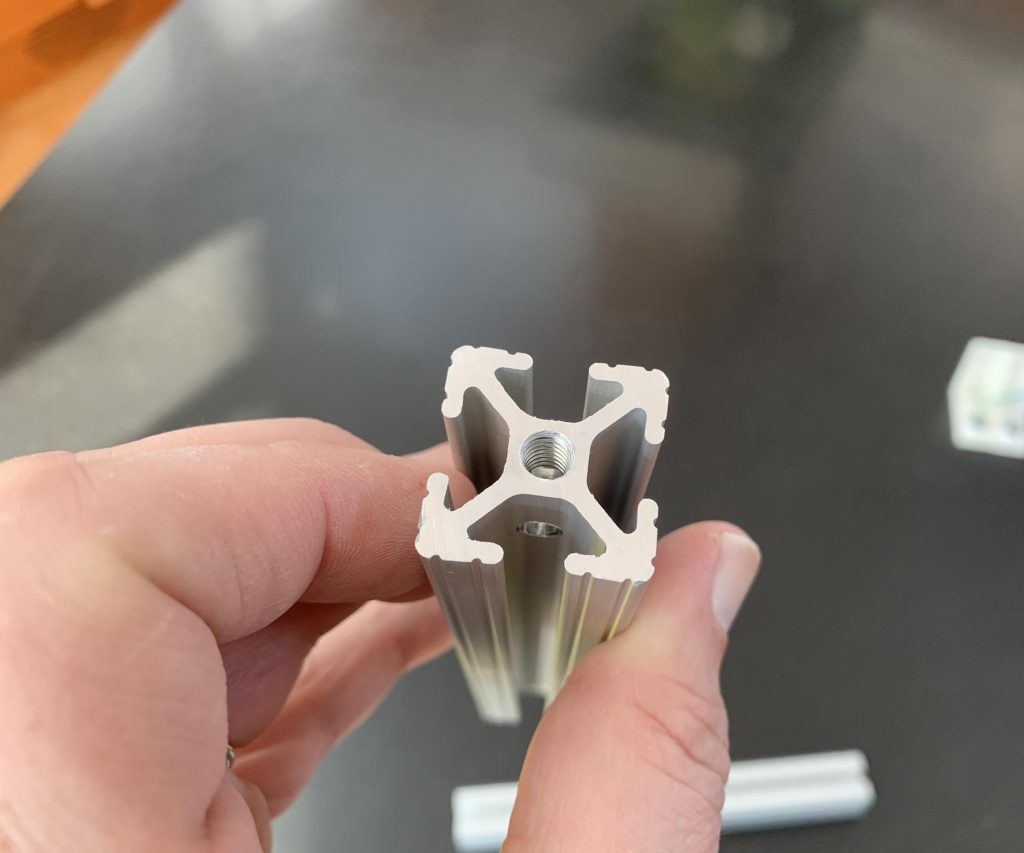Table of Contents
- Frequently Asked Questions
- What is the range of sizes for standard aluminum I beam profiles?
- What factors determine the size of an aluminum I beam profile?
- Are there any standard shapes for aluminum I beam profiles?
- Can aluminum I beam profiles be customized to fit specific requirements?
- What are the benefits of using aluminum I beam profiles?
Aluminum I-beams are a versatile and widely used construction material in the modern world. Their popularity is due to their lightweight and high strength-to-weight ratio, which makes them ideal for a range of applications, from building frames to machinery supports. However, with so many different sizes and shapes available, it can be challenging to know which ones are right for your project. In this article, we will explore the range of sizes for standard aluminum I-beam profiles, and help you choose the best ones for your needs.
Whether you are an engineer, architect, or DIY enthusiast, understanding the different sizes of aluminum I-beams is essential for any construction project. In this article, we will delve into the nitty-gritty details of standard aluminum I-beam profiles, including the different sizes and shapes available, and the various uses for each. By the end of this article, you will have a better understanding of which aluminum I-beams are best suited for your specific needs, and how to choose the right ones for your project.
Standard aluminum I beam profiles are available in a wide range of sizes, from 3 inches to 12 inches. The most common sizes are 6 inches and 8 inches, but larger and smaller sizes are also available. The size of the I beam profile needed for a specific application depends on the load it will need to support and the span of the beam. Consult with a professional engineer to determine the appropriate size for your project.
What Range of Sizes for Standard Aluminum I Beam Profiles?
If you’re looking to construct a robust aluminum structure, then you need to know what range of sizes standard aluminum I beam profiles come in. These beams are suitable for various applications, including building frames, truck frames, and trailer frames, to name a few. In this article, we’ll discuss the range of sizes available for standard aluminum I beam profiles.
Sizes of Standard Aluminum I Beam Profiles
Aluminum I beam profiles come in an array of sizes. Generally, these sizes differ based on the width and height of the I beam, as well as the thickness of the web and flange. Here are the standard sizes that you can expect to find:
American Standard Aluminum I Beam Sizes
The American standard sizes for aluminum I beam profiles include the following:
- 3 x 2.9 x 0.2 inches
- 4 x 2.6 x 0.28 inches
- 5 x 3 x 0.24 inches
- 6 x 3.33 x 0.27 inches
- 8 x 3.4 x 0.4 inches
- 10 x 3.75 x 0.43 inches
- 12 x 4 x 0.51 inches
European Standard Aluminum I Beam Sizes
The European standard sizes for aluminum I beam profiles include the following:
- IPE 80 – 80mm height with a 46mm width
- IPE 100 – 100mm height with a 55mm width
- IPE 120 – 120mm height with a 64mm width
- IPE 140 – 140mm height with a 73mm width
- IPE 160 – 160mm height with an 82mm width
- IPE 180 – 180mm height with a 91mm width
- IPE 200 – 200mm height with a 100mm width
Benefits of Using Aluminum I Beam Profiles
Using aluminum I beam profiles for your construction needs comes with a host of benefits. Here are some of the most noteworthy:
Lightweight
Aluminum I beam profiles are incredibly lightweight, making them ideal for use in structures that require a high strength-to-weight ratio.
Corrosion-Resistant
Aluminum is naturally resistant to corrosion, making it an excellent choice for structures that will be exposed to the elements.
Versatile
Aluminum I beam profiles are suitable for a broad range of applications, from building frames to truck frames.
Cost-Effective
While aluminum can be more expensive than some other materials, its durability and longevity make it a cost-effective choice in the long run.
Aluminum I Beam Profiles vs. Other Types of Beams
When it comes to choosing the right type of beam for your construction project, there are various options available. Here’s how aluminum I beam profiles stack up against some of the other popular choices:
Steel I Beam Profiles
Steel I beam profiles are heavier than aluminum I beam profiles, making them more challenging to work with. However, they are also stronger, making them suitable for heavier loads.
Wood Beams
Wood beams are susceptible to rot and decay, making them a poor choice for structures that will be exposed to the elements. Additionally, they are not as strong as aluminum or steel beams.
Concrete Beams
Concrete beams are incredibly strong, but they are also heavy and challenging to work with. Additionally, they are not suitable for structures that will be exposed to the elements.
In conclusion, standard aluminum I beam profiles come in a range of sizes, including the American and European standard sizes discussed in this article. Using aluminum I beam profiles for your construction project comes with numerous benefits, including their lightweight, corrosion-resistant, versatile, and cost-effective nature. Compared to other types of beams, aluminum I beam profiles are a strong contender, and their range of sizes makes them a suitable choice for various applications.
Frequently Asked Questions
Here are the answers to some common questions about the range of sizes for standard aluminum I beam profiles.
What is the range of sizes for standard aluminum I beam profiles?
Aluminum I beam profiles come in a range of sizes to meet a variety of structural needs. The most common sizes range from 3 inches to 8 inches in height and from 1.5 inches to 3.5 inches in width. The thickness of the flanges and the web can also vary depending on the specific application.
What factors determine the size of an aluminum I beam profile?
The size of an aluminum I beam profile is determined by the load it needs to support and the span it needs to cover. The height of the beam is typically proportional to the load it needs to support, while the width is determined by the span it needs to cover. Other factors, such as the material strength and the deflection limits, also play a role in determining the appropriate size of the beam.
Are there any standard shapes for aluminum I beam profiles?
Yes, there are several standard shapes for aluminum I beam profiles, including S-shapes, W-shapes, and M-shapes. These shapes have different cross-sectional properties and are designed to meet specific load and span requirements. The choice of shape depends on the specific application and the load requirements.
Can aluminum I beam profiles be customized to fit specific requirements?
Yes, aluminum I beam profiles can be customized to fit specific requirements. Manufacturers can adjust the height, width, and thickness of the flanges and web to meet the load and span requirements of a particular application. Custom shapes and sizes can also be created to meet unique design specifications.
What are the benefits of using aluminum I beam profiles?
Aluminum I beam profiles offer several benefits over other materials, such as steel or wood. They are lightweight, which makes them easier to transport and install, and they have a high strength-to-weight ratio, which makes them ideal for applications that require high strength and stiffness. They are also corrosion-resistant and have a long lifespan, which makes them a cost-effective choice for many applications.
In conclusion, the range of sizes for standard aluminum I beam profiles varies depending on the manufacturer and intended use. However, most manufacturers offer a range of sizes that can accommodate various applications.
It’s important to note that selecting the appropriate size for your project is crucial to ensure optimal performance and safety. Careful consideration should be given to factors such as load capacity, span length, and deflection.
In addition, consulting with a structural engineer or industry expert can provide valuable insight and guidance in selecting the right size for your specific project needs. Overall, taking the time to carefully evaluate and select the appropriate size for your aluminum I beam profile can result in a successful and long-lasting project outcome.
Request a quote today!
[contact-form-7 id="1578" title="Contact form"]
Please compress the file into a ZIP or RAR file before uploading. Alternatively, send through your RFQ by email.
enquires@unitymanufacture.com





